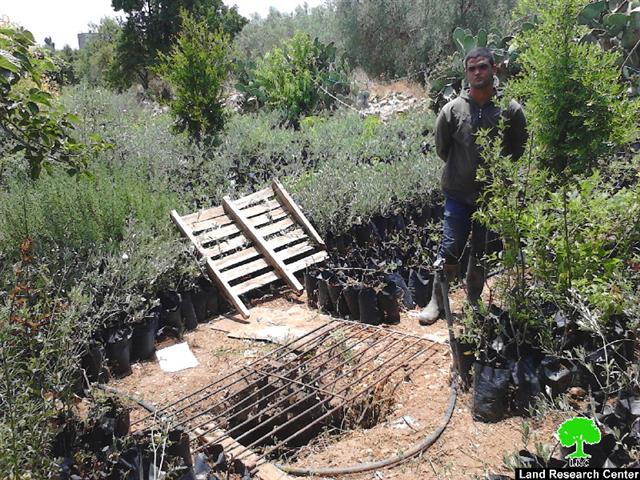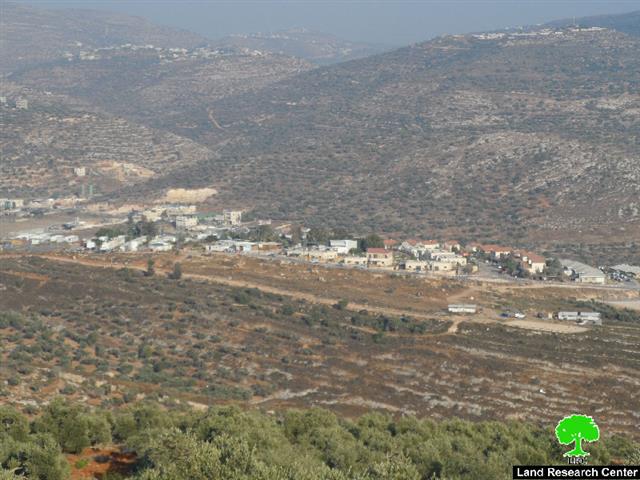Violation: serving “additional opportunity to object a demolition” order
Location: Ta’nak village- Jenin
Date: 31/05/2015
Perpetrators: Inspection Sub-Committee – the Israeli Occupation Civil Administration
Victims: 3 Palestinian families
Details:
A massive force from the Israeli occupation army accompanied by the so-called Inspection Sub-Committee- Israel Civil Administration on May 31, 2015 raided the area of Sahel Marj Bin Amir; more specifically the northern part of Ta’nak village, 16 km to the east of Jenin governorate. The force delivered military orders including “additional opportunity to object a demolition” on shallow groundwater cisterns, which have been served a demolition order on April 2014. The owners of the notified structures were given a three day deadline to object the order starting from its date of issuance. The following table shows information about the targeted cisterns:
|
Affected citizen |
Family |
Minors |
Nature of notified structure |
Productivity |
Benefiting lands |
No. of order |
Date of order |
Photo |
|
Saed Suboh |
10 |
8 |
Shallow ground-water cistern(8m depth) |
9m3 per day |
5 dunums planted with olive trees and 2 dunums planted with veggies |
399698 |
21/5/2014 |
|
|
Suliman Zyud |
7 |
2 |
Shallow ground-water cistern(9m depth) |
10 m3 per day |
A 5 dunum nursery |
N/A |
21/5/2014 |
|
|
Imad Jaradat |
8 |
3 |
Shallow ground-water cistern(7m depth) |
12 m3 per day |
A 7.5 dunum nursery |
N/A |
21/5/2015 |
|
|
Total |
25 |
13 |
3 cisterns |
|
|
|
|
|
Source : Field observation- Department of Monitoring Israeli Violations- Land Research Center
Photos 7+8: Sahel Marj Bin Amir
Photos 9+10: the military orders
About Ta'nak:
The village of Ta'nak is located alongside with Jezreel Valley “Sahel Marj Bin 'Amir" where it floats on a huge water stock. Any digging activity of more than 9m in depth makes water erupt strongly. Unfortunately, residents have to buy water from the Israeli company of Mekorot. Therefore, lands planted with vegetables shrank because of water scarcity and Israel’s control of water resources. Not only that, farmers were left but to work behind the green line (boarders separating Israel and the West Bank) after they stopped using their lands due to the occupation practices. The total population of the village now is 1200 people".
Prepared by
The Land Research Center
LRC

















